Interior designers have to be part psychologist, detective and mind-reader when creating beautiful AND functional spaces. Getting into the minds of clients to discover their wants & needs (when they may not even know themselves) is half the battle when attempting to design a finished product which addresses both form (the aesthetics of a space) and function (how a space will be used) and one a client will love. After all, a room which functions well but looks a mess is as underwhelming as a pretty room that fails to function.
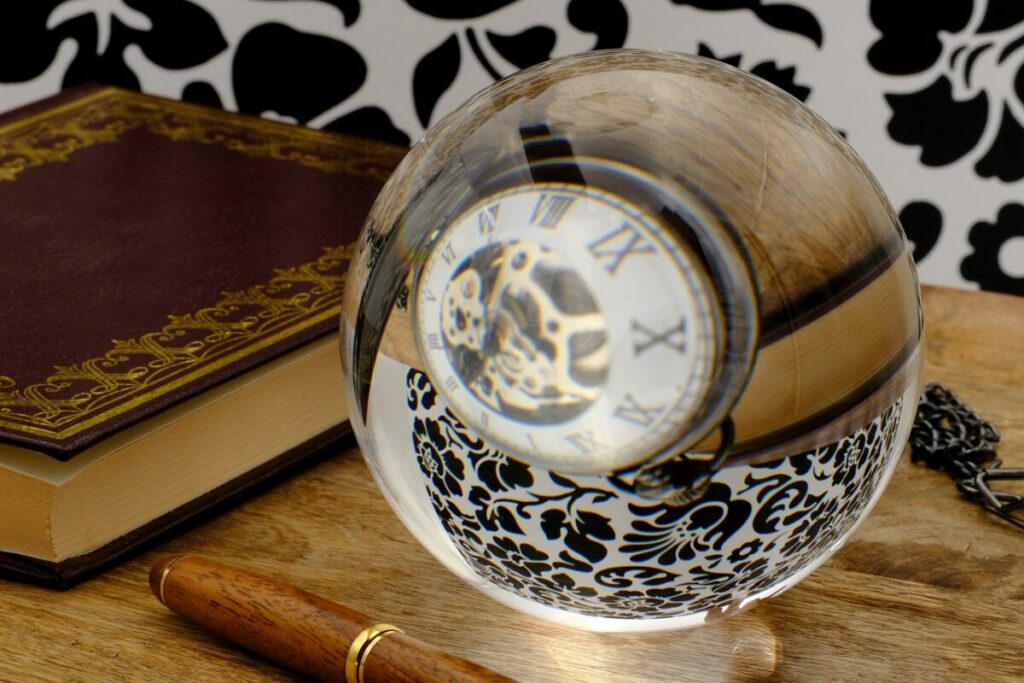
Considering multiple factors helps designers create a space that is functional, aesthetically pleasing, and suits the needs of its occupants.
Here are some of the most important factors to consider when designing your own spaces:
- Purpose and Function: Determine the primary function of the room (e.g., living room, bedroom, kitchen, office) and design the layout and furnishings accordingly.
- Space Planning: Consider the size and shape of the room, as well as the placement of doors, windows, and architectural features, to optimize the layout and flow of the space.
 Lighting: Lighting, while functional, plays a crucial role in setting the mood in a space. Incorporate a mixture of natural light, overhead lighting, task lighting, and accent lighting to create a well-lit and visually appealing space.
Lighting: Lighting, while functional, plays a crucial role in setting the mood in a space. Incorporate a mixture of natural light, overhead lighting, task lighting, and accent lighting to create a well-lit and visually appealing space.- Color Scheme: Choose a color palette which reflects the desired mood and style of the room. Consider factors such as natural light, room size, and existing furnishings when selecting colors for walls, floors, and accents.
- Furniture and Layout: Select furniture that is proportionate to the size of the room and arrange it in a way that promotes comfort, conversation, and functionality. Consider traffic flow and leave
 enough space for movement around furniture pieces.
enough space for movement around furniture pieces. - Storage Solutions: Incorporate adequate storage options to keep the room organized and clutter-free. Utilize built-in storage, shelving, cabinets, and multifunctional furniture to maximize space efficiency.
- Flooring: Choose flooring materials that are durable, easy to maintain, and suitable for the room’s function. Consider factors such as comfort, aesthetics, and acoustics when selecting flooring options.
- Textures and Patterns: Incorporate a variety of textures and patterns through textiles, upholstery, rugs, and decor to add visual interest and depth to the room’s design.
- Scale and Proportion: Ensure that furniture, decor, and architectural elements are appropriately scaled and proportioned to the size of the room. Avoid overcrowding or overwhelming the space with oversized or undersized items.
- Personalization and Style: Infuse the room with elements which reflect your personal taste, style, and personality. Incorporate artwork, accessories, and decor that tell a story and create a sense of belonging in the space.
By considering these factors and tailoring a room’s design to meet your specific needs and preferences, you can create a well-designed room that finds balance between form and function!
Happy Decorating from Decor Designs. 815-245-2433

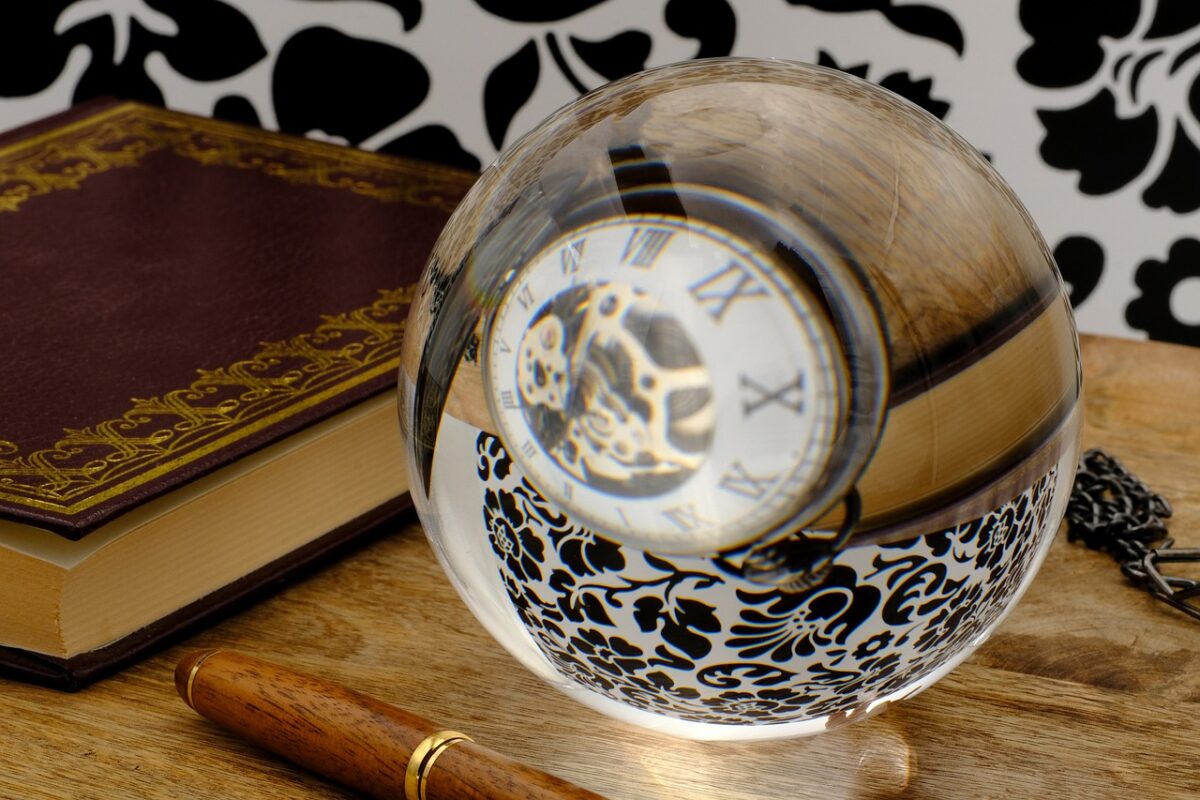
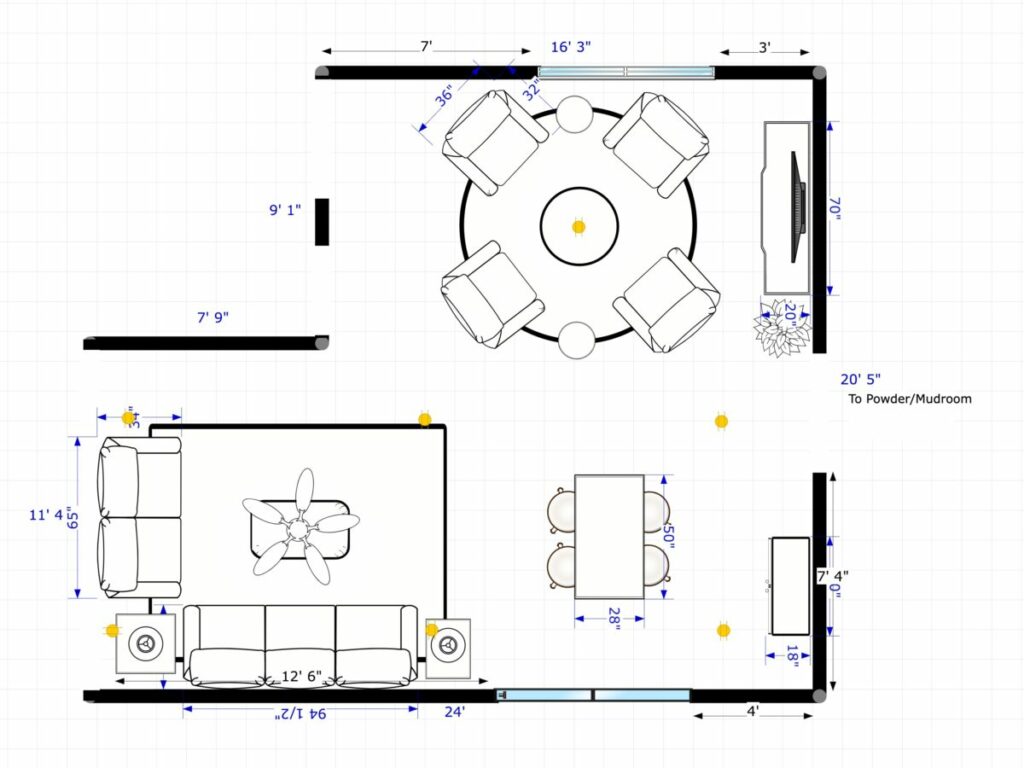 Lighting: Lighting, while functional, plays a crucial role in setting the mood in a space. Incorporate a mixture of natural light, overhead lighting, task lighting, and accent lighting to create a well-lit and visually appealing space.
Lighting: Lighting, while functional, plays a crucial role in setting the mood in a space. Incorporate a mixture of natural light, overhead lighting, task lighting, and accent lighting to create a well-lit and visually appealing space.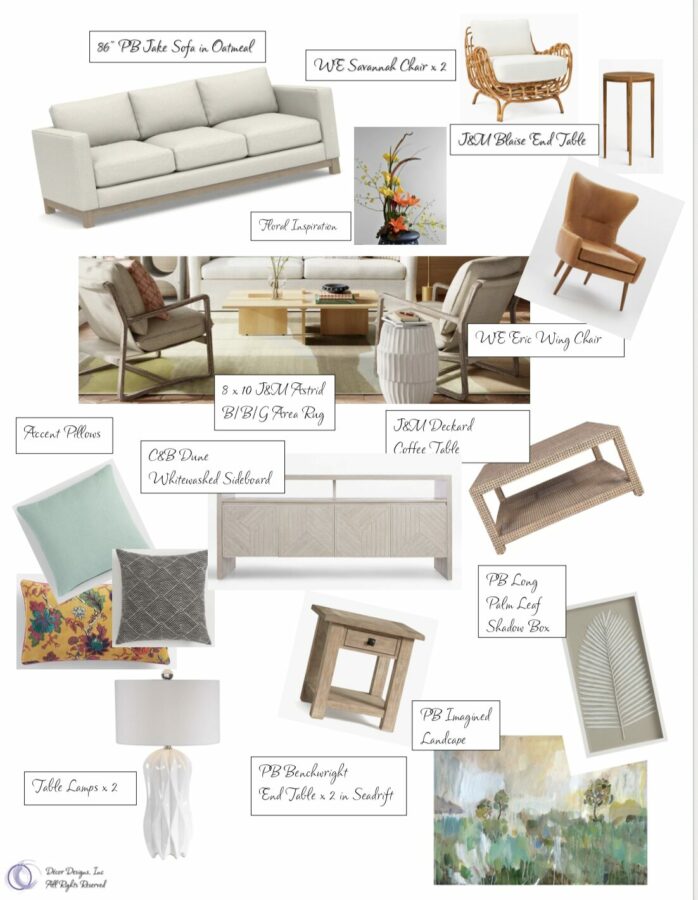 enough space for movement around furniture pieces.
enough space for movement around furniture pieces.
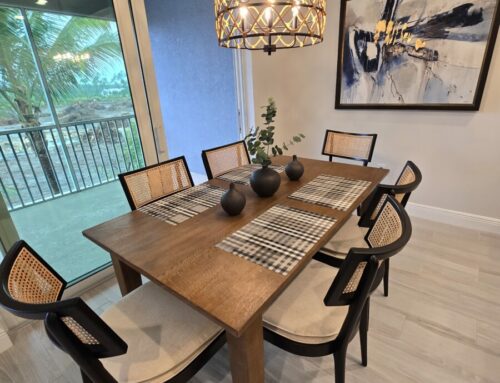
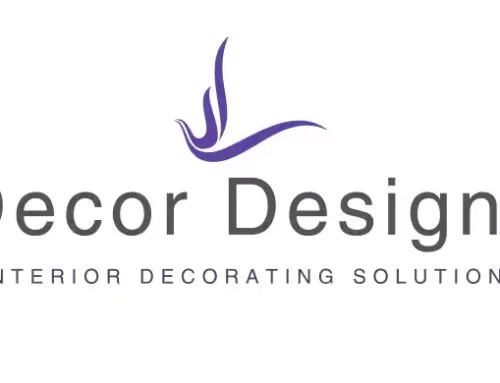

 From Decor Designs Owner & Chief Creative,
From Decor Designs Owner & Chief Creative,